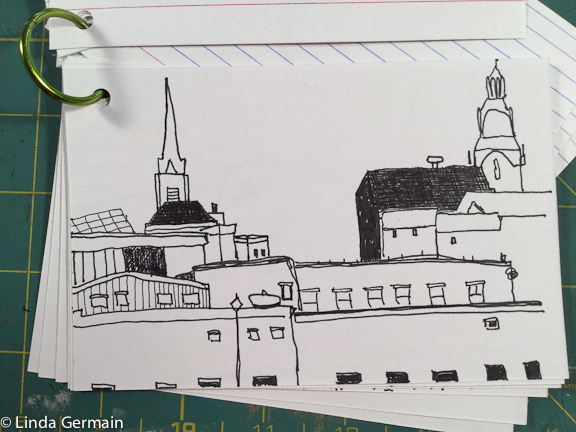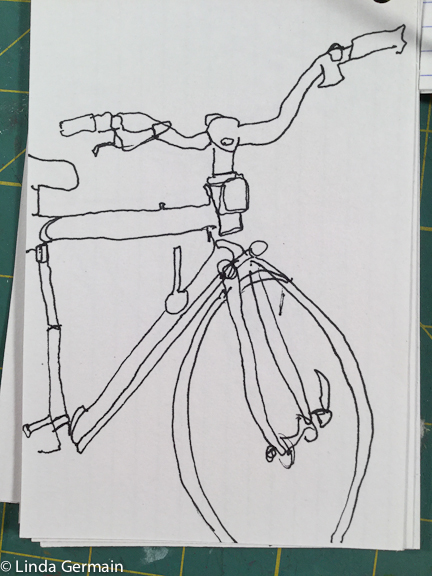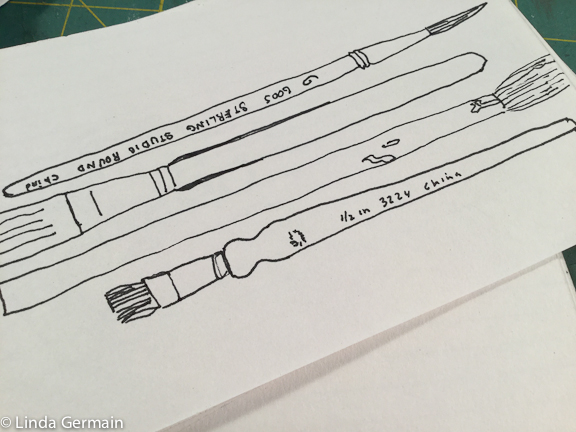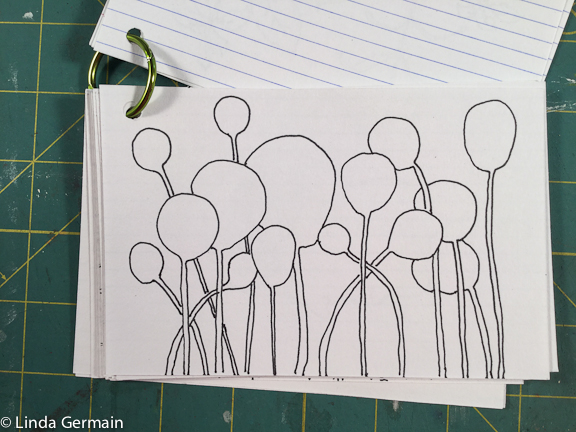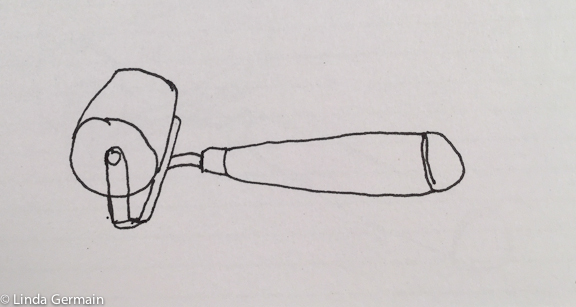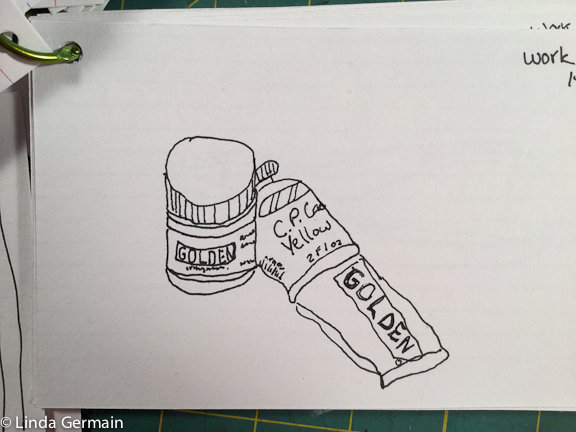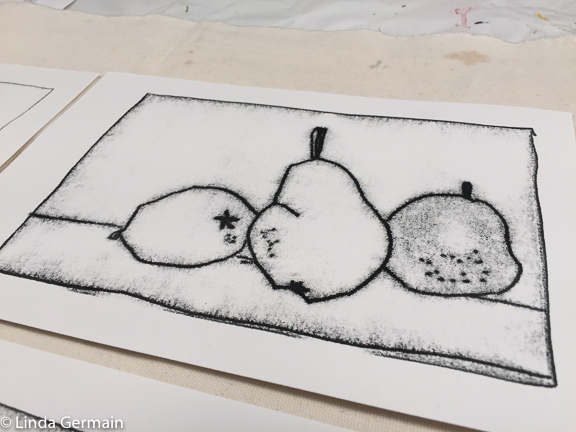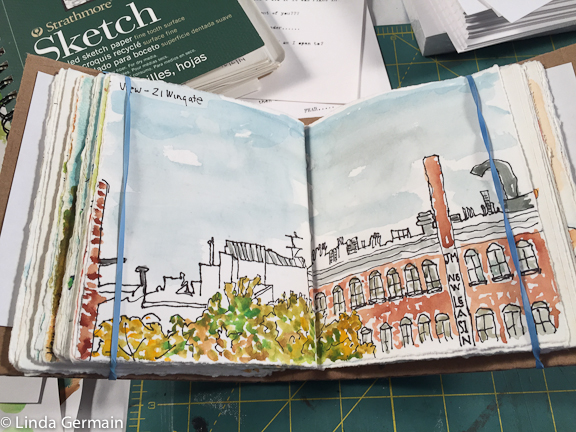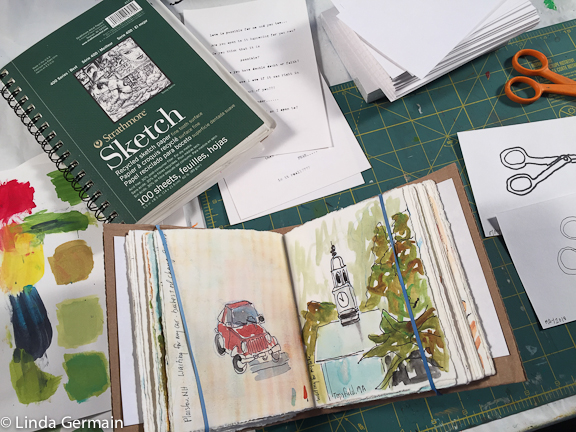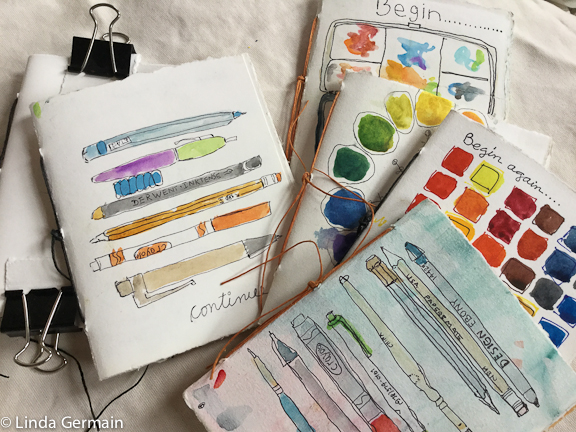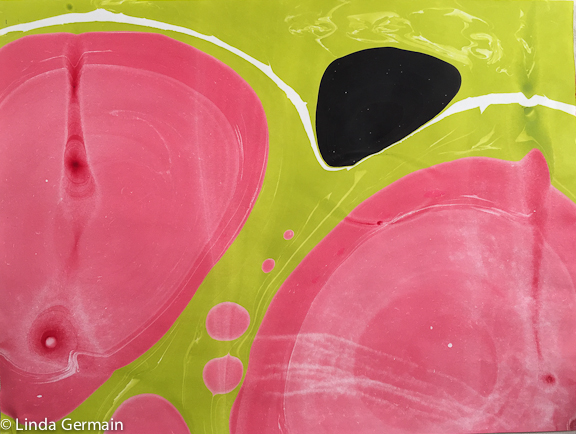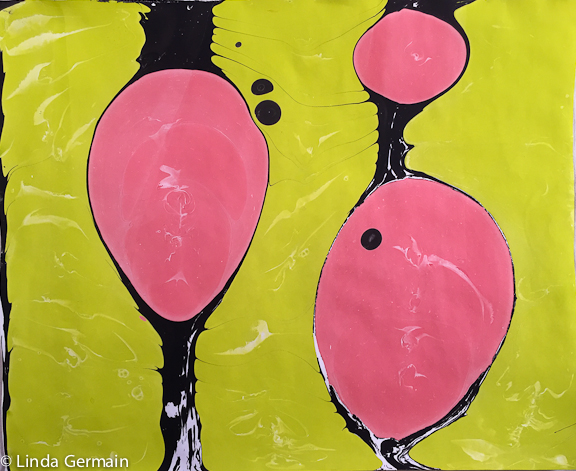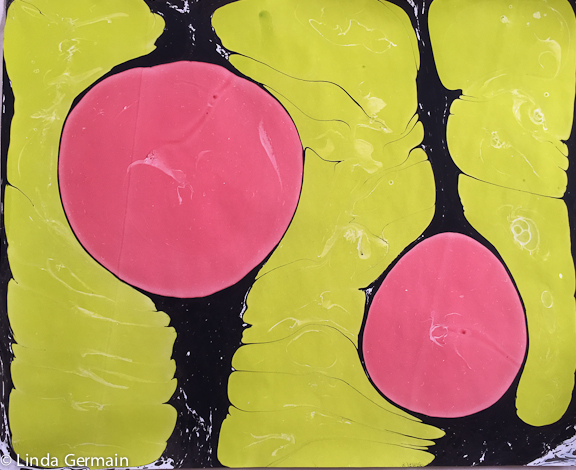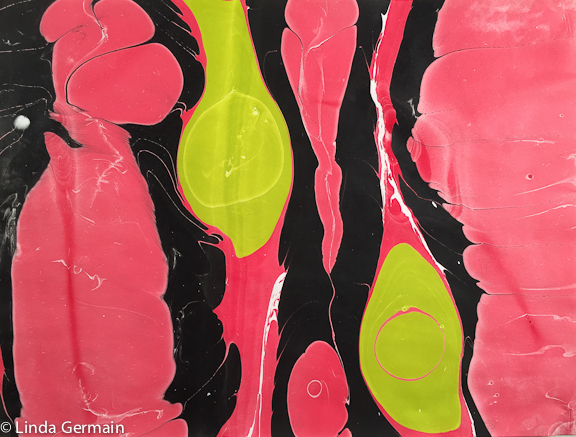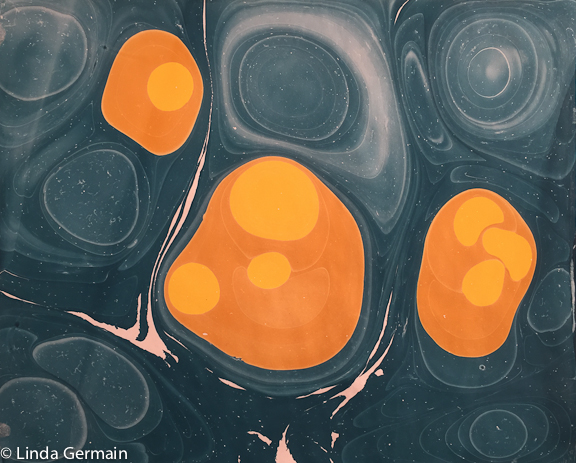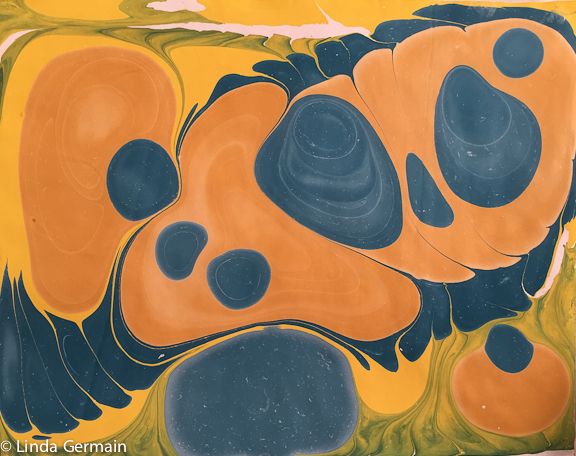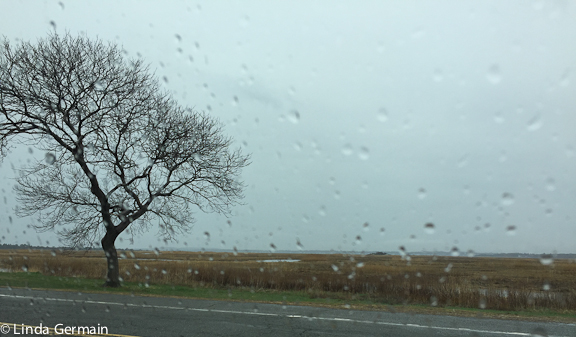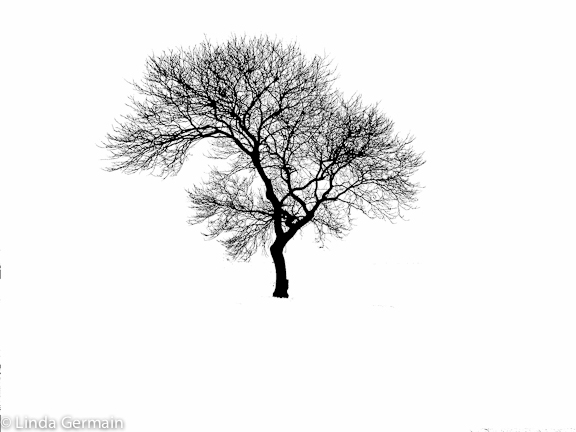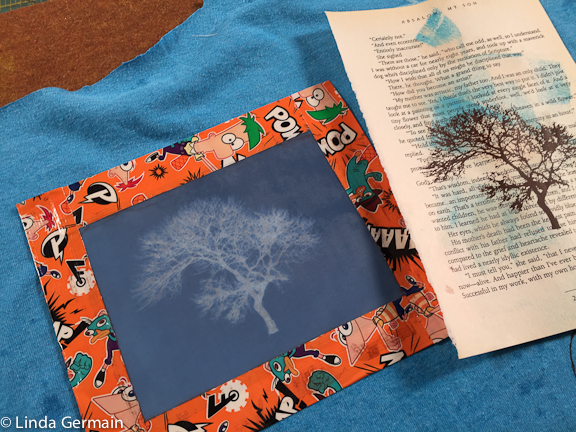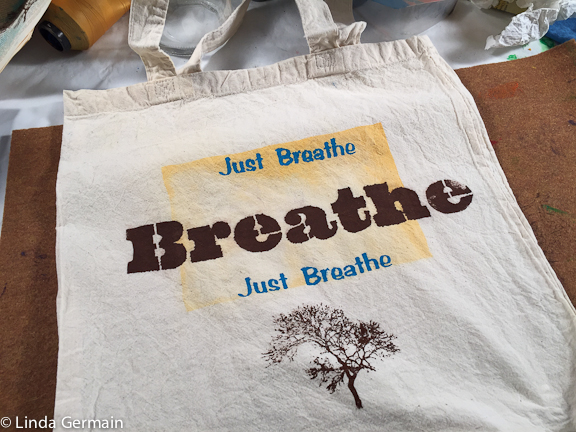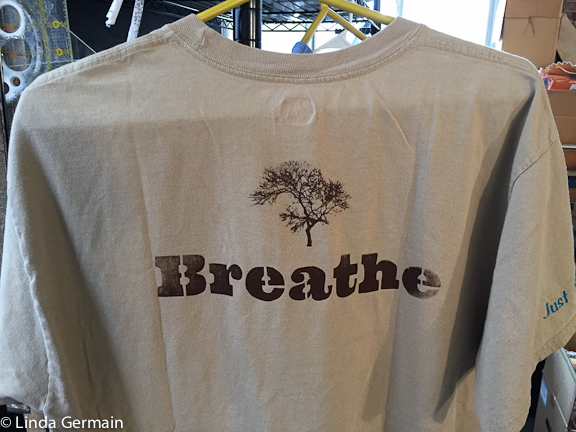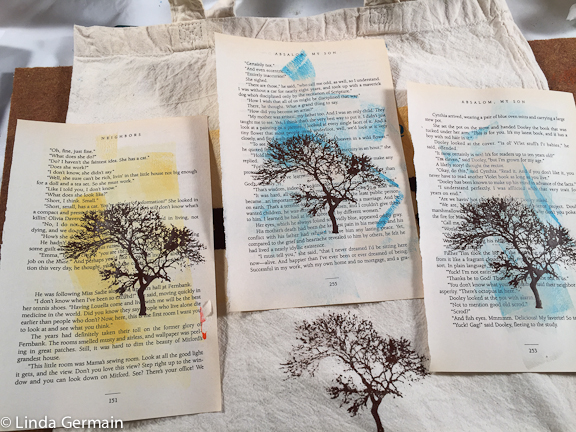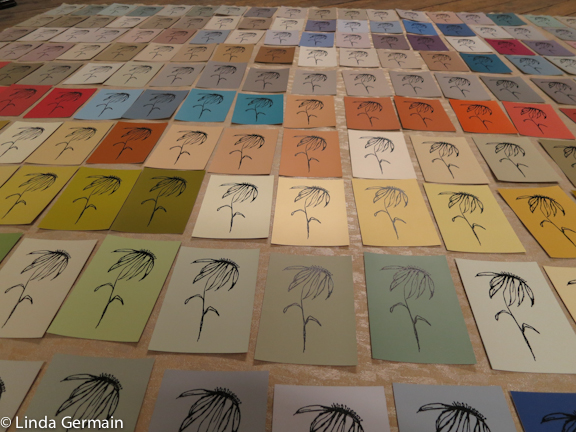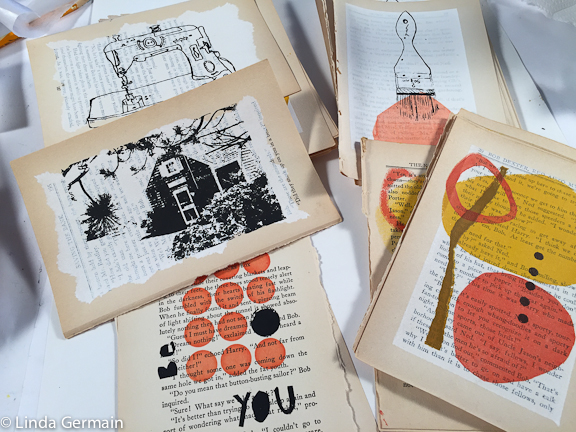What to draw?
Sometimes it can be hard to decide what to draw. Then other times you can have so many ideas that you get overwhelmed and fail to begin.
One way to move through these barriers is to:
- Set criticism aside and
- Just start with one subject or idea and
- Let go of the need for perfection
Some barriers/conversations/criticisms that go through my head are:
- This is too hard
- This is too easy
- This has been done before
- I might not be able to do a good drawing
- I might waste good paper
- This is boring
- How will I use this in a piece of art
- This is not real
- I should not draw based on photo
- I can draw from imagination
- I will be judged by others
- I don’t have time
Wow!
That is a lot of negative talk and I have not even started drawing. You may have similar types of barriers to beginning a new drawing or piece of art.
Don’t listen to them!
The key for me to bust through the vocal barriers is to:
- Just start drawing something
- Even if I only have a couple of minutes and
- Not analyze the drawing.
That is hard! Because for me drawing is about:
- Looking
- Assessing, measuring, guessing and
- Making decisions
- Converting those decisions to marks on paper.
The one assessment that I try too avoid is good or bad – worthiness. If I can set that one aside, I can usually get a lot done and end up with pleasing results.
But this all takes time, and willingness to have plenty of drawings that never become more that practice or warm up pieces.
5 things to draw
- Jars, cups and vessels
- A flower
- Self portait
- Stuff on your table
- Fruit or veggies
Would you like to grow your drawing skills? Would you like to have some support and guidance developing your drawing skills?
Then join us in the SEE Draw Print online art workshop. This is a 3 day class to jumpstart your drawing habits and introduce you to trace monoprinting. READ the details on the workshop page and register today.
